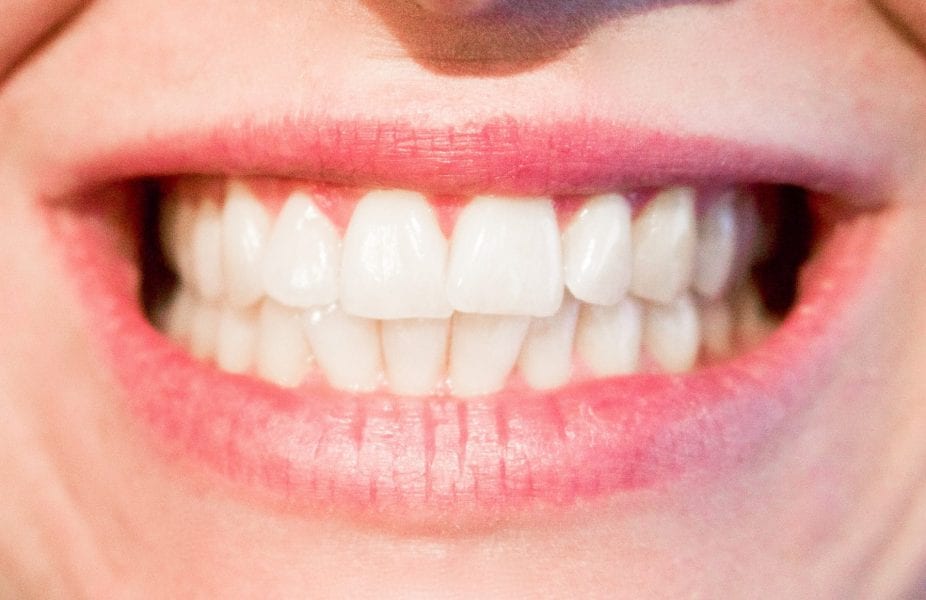In an effort to keep our dental care in check most of us will be aware and wary of the build-up of plaque, which is one type of biofilm that can form over time. Unfortunately, biofilms thrive in a wet environment and are quite resistant to antibiotics. Left unattended they will lead to tooth decay and potentially more serious oral infections.
Seeking to address this problem, a research team led by Dr. Zisheng Tang from Shanghai Research Institute of Stomatology, Ninth People’s Hospital, Shanghai Jiao Tong University School of Medicine and Dr. Min Lv from Shanghai Institute of Applied Physics, Chinese Academy of Sciences, recently demonstrated that graphene oxide (GO) nanosheets could effectively inhibit Streptococcus mutans (S. mutans) biofilm formation over a broad range of concentrations during the early stages of the bacterial biofilm formation (0-4h). In contrast, in the case of mature biofilms (6 h), GO had only a minimal effect.
In their investigations, Tang, Lv and co-workers discovered that adding GO to a developing film inhibited the adhesion and activity of bacterial cells during the initial stage of biofilm formation. GO was effective in killing the S. mutans bacteria. In addition, the sheet-like structure of GO could couple with cells to form an encapsulating inorganic functional layer, which affected the ability of the bacteria to secrete extracellular polymeric substance (EPS). This is significant as EPS plays an important protective role in the attachment process and resistance against antimicrobial agents. Lower EPS will lead to easier destruction of the developing films. Unfortunately, owing to the plentiful EPS secreted, bacteria in mature biofilms are less sensitive to the presence of GO.
In summary, these findings show that GO nanosheets are effective in preventing and treating oral diseases by interfering with the development of bacterial biofilms. This work contributes to the growing field of research exploiting the properties of graphene materials in biomedicine.

















